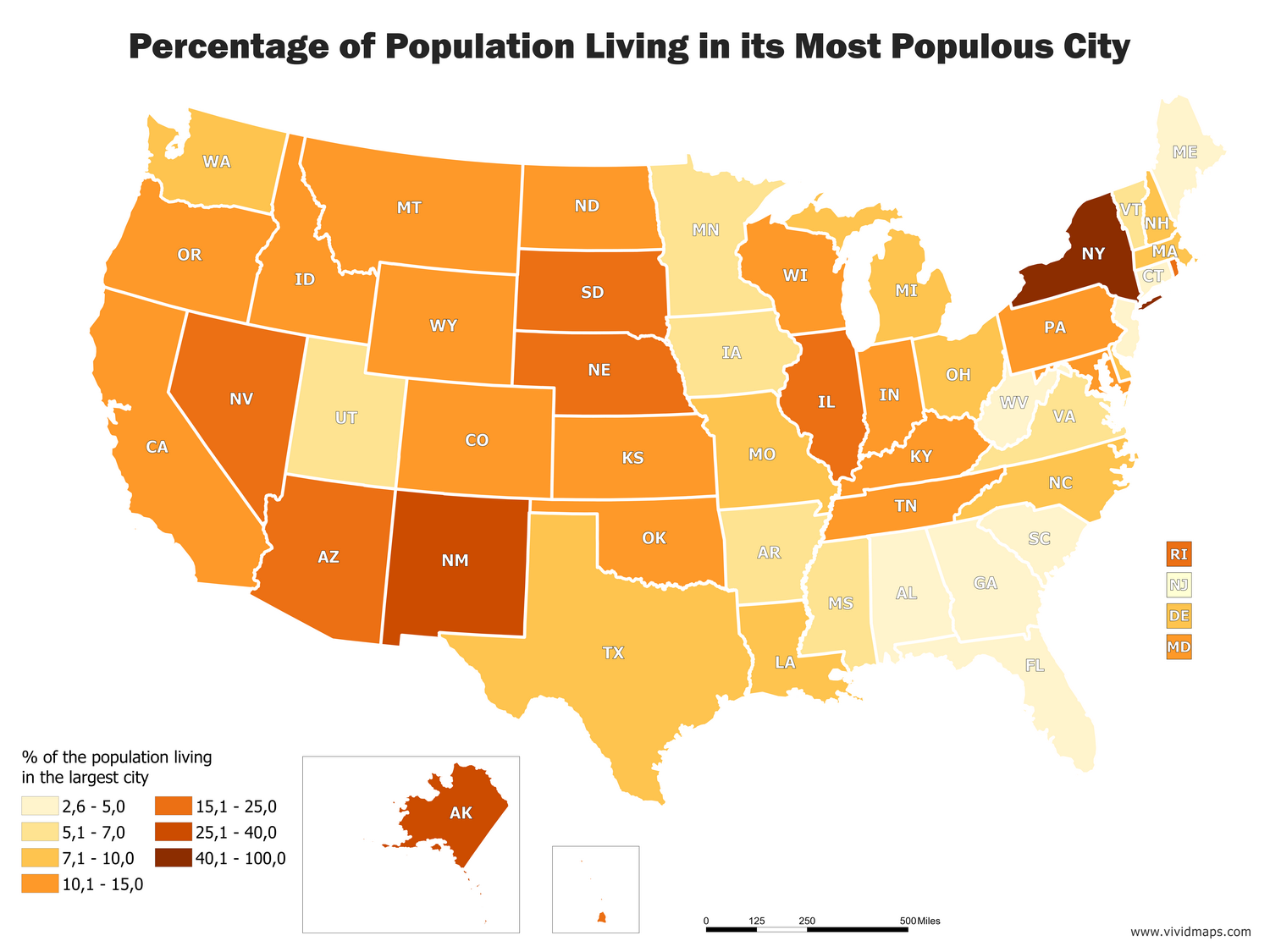

This does not refer to the city with the most skyscrapers rather, it refers to the city with the largest population.įortunately, America offers a diverse range of excellent places to call home. Whatever the case may be, the ten most populous cities in the United States are listed below. Perhaps you’re simply curious about what makes big cities tick. Maybe you just want to know a few things before going on vacation in a city you’ve never been to before. Thus, a declining population can mean a state - or a region - loses its political influence over time.We’ve compiled a list of the top ten most populated states in the US.Īre you considering relocating to a different city? Perhaps you’re considering opening a business in a different city. Every 10 years, the number of seats a state has in the House of Representatives is allocated based on its population. Population shifts across states are significant not only because they reflect a state’s economic vitality but because they influence political power. In Maine, more people died than were born for the second year in a row, a reflection of the state’s aging population and continued loss of its young people to other states. New Mexico is the only state that lost people in the past year that is not in the North or Midwest: Illinois, West Virginia, Connecticut, Alaska and Vermont. Nevada, Texas, Colorado and the District of Columbia also are among the other top population gainers. It was the fastest-growing state, with a 2.2 percent surge to almost 740,000 people. North Dakota’s oil boom continues to push its population growth. It added 2.4 million people for a total of 318.9 million, a 0.75 percent increase from 2013. The nation’s population growth continues to stay below 1 percent annual growth, and this year was at its lowest since 1937, Frey said. “Now, we’re dominated by the South and West.” “We’re a country that, over our course of history, moved from an East Coast country to a West Coast country,” Frey said. North Carolina (9.94 million) moved past Michigan (9.9 million) into the ninth spot and Georgia, eighth-largest, just hit the 10 million mark for the first time. The new estimates show population shifts from the North to all corners of the South and West. “This puts an exclamation point on the Sun Belt growth of the last half century,” said William Frey, a demographer at the Brookings Institution and author of the book “Diversity Explosion.” One hundred years ago, Florida was the smallest state in the South. It’s a milestone for Florida in that it reflects many years of rapid growth.” “But I think it’s a very important signal.

“I don’t think rankings per se mean a lot,” said Stanley Smith, a demographer in the Bureau of Economic and Business Research at the University of Florida. It’s good news for the Sunshine State, which suffered net migration loss from 2007 to 2009 at the peak of the Great Recession - when more people left the state than moved in. More people move to Florida from New York than from any other state. In an ironic twist, Florida has New York partly to thank for its steady growth. Now, the nation’s three largest states are in the South and West - California (38.8 million), Texas (27 million) and Florida (19.9 million) - according to Jpopulation estimate released Tuesday by the Census Bureau. Florida has surpassed New York as the third most populous state in the United States, a milestone that solidifies the Sun Belt’s growing dominance and continues a powerful demographic trend that has shaped much of the nation’s population growth for more than 60 years.


 0 kommentar(er)
0 kommentar(er)
